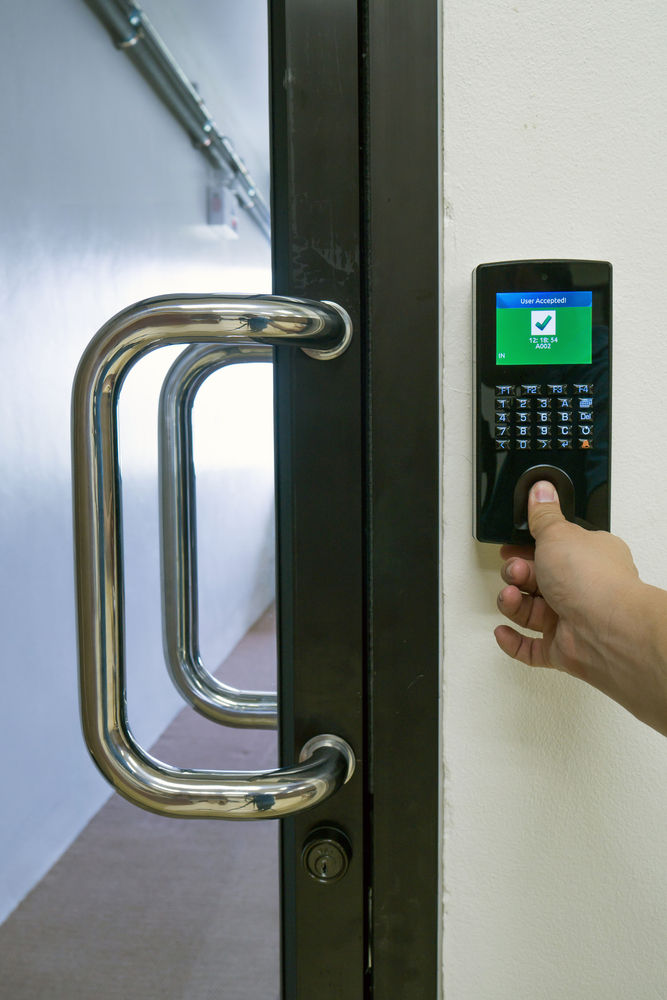Choose The Perfect Thickness While Using A Laminator
- Amelie Lawrence
- Apr 29, 2022
- 3 min read
Any person from most of the professions must have used a printer, a photocopier, and a laminator at any point of their lives. One may not feel the need for lamination equipment at home. But it is an important device, and you must have access to that. As the heading suggests, we will guide you through the process of finding the best thickness for laminating your project. But before going forward, let us first understand the basic terminology of lamination.
Lamination is a process of bonding plastic films to printed documents to create a durable, sturdy, and clean paper resource. This process protects a document, from absorbing any liquid, moisture, or getting stained in the future. It lets you use a document again and again. Isn't lamination cool? Well, checkout the thicknesses now and what you would require for your project.
Measurement of lamination film
The use of lamination film entirely depends upon the project and use. The purpose is to preserve your document. Then the thickness of the lamination must be higher than a specified size. On the contrary, you can opt for a lesser thickness if you are going to need it frequently and you need to fold it frequently.
It is the job of the laminator to determine thickness of the lamination based on the purpose and usage of the document. It determines whether you need to apply heavy cardstock laminate or a thin one.
The laminate films are generally measured in mil size or mil thickness. This is a standard term for the selection of laminate film. If you want to know more about this mil size, you can find many articles on the internet. Consider 1 mil equals 1/1000th of an inch. Thus, if the film is 2 mil in size, the actual dimension or the thickness is 0.002 inches.
Popular mil sizes and their applications
A standard laminator can laminate documents of a certain size and allow the following laminate thicknesses. However, if you have a heavy document or you need a special lamination machine, you may find some specific organization or business that provides you with the option.
List of popular mil sizes with their applications:
1.5 mil is relatively the thinnest laminate film available in the market. These are easily available in the stores. The cost of using such a laminate of less thickness is very much cost effective; however, it does not have strength or durability. So, if your project is to be used seasonally or less and you will keep your document protected, the 1.5 mils will solve your application purpose.
3 mil is the most popular choice for any student, teacher, or even working professional. The laminate thickness is more while being still affordable. This imparts a flexible strength to the document. So, you can laminate the documents and fold them yet it will have adequate protection to stay longer.
Any standard laminator that laminates important documents like mark sheets, identity cards, or other essential documents go with 5 mil thickness. This imparts enough strength to the document for frequent handling.
A 10-mil laminate is the strongest of all the laminate films. Once your document or project is laminated with this thickness, you cannot bend the document in any possible way. This is one of the toughest laminates in the market and has several applications. Some of the popular applications are ID cards and badges, restaurant and bar menu cards, reusable tags.
So, these are the popular and standard laminate thicknesses that the laminator can use. However, if you have a special requirement, you can always find someone who is catering to those with special raw materials and laminators.







Comments